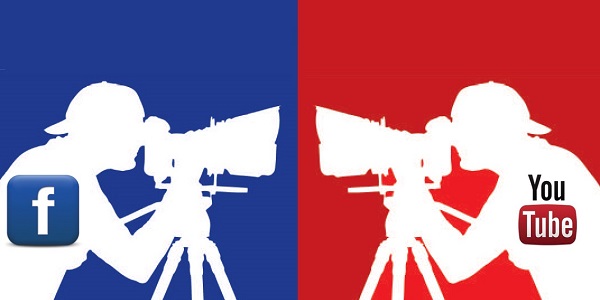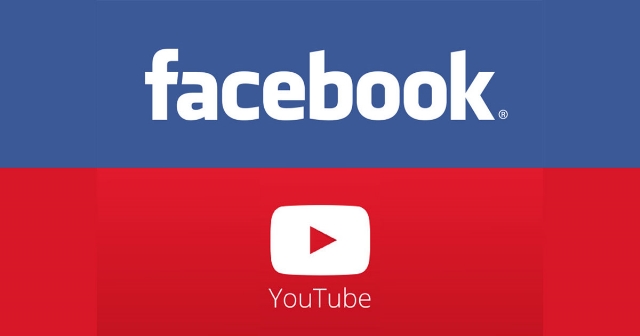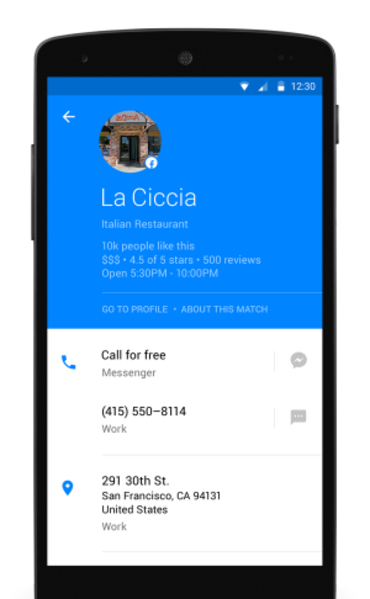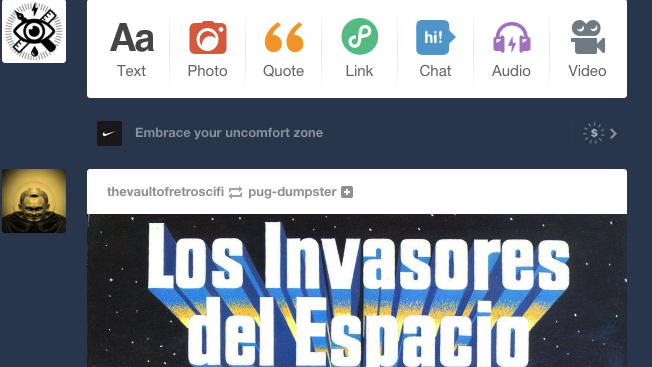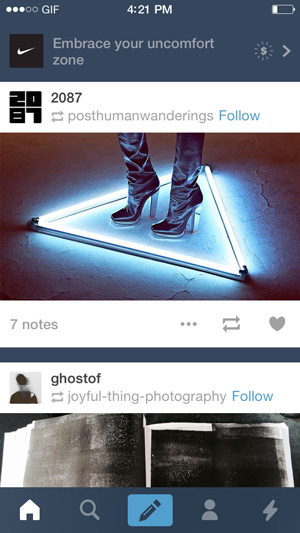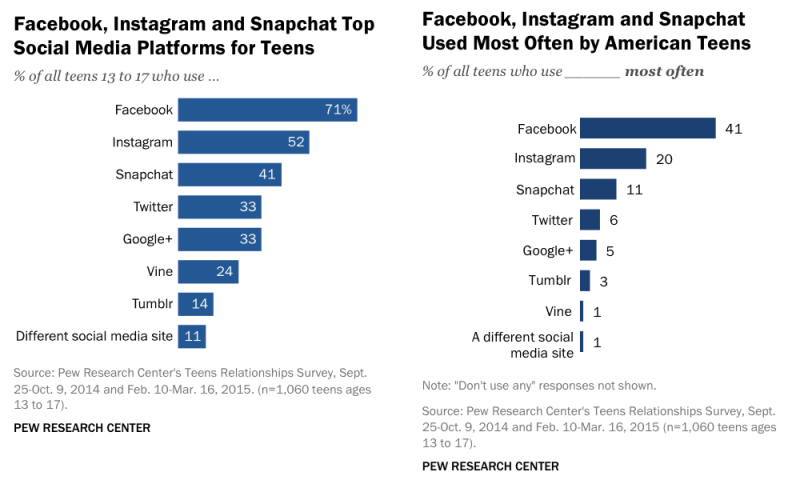Earlier this year Google and Twitter announced a deal which promise to bring more tweets to your search results, and that promise is coming true today. Google now includes tweets in a more cohesive and graphical format on mobile devices, including a tweet carousel.
Both Twitter and Google announced the news in blog posts today, including examples of how the feature appears, such as the example below which shows how it looks if you search on #madmen.
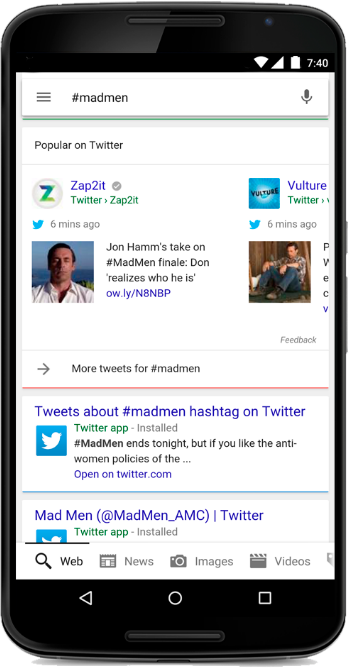
You can also scroll through the carousel to see more results.
The placement of the feature isn’t always directly at the top of the page. According to Search Engine Land, the tweet carousel can appear in the middle or even the bottom of the page, as their example for “MacBook Pro” shows:

Tweets don’t show for every search, and it is currently unclear exactly what types of searches include tweet carousels and which don’t. However, Google does say:
It’s a great way to get real-time info when something is happening. And it’s another way for organizations and people on Twitter to reach a global audience at the most relevant moments.
That suggests searches for hastags, topics, prominent figures, or trending events are most likely to include tweets.
Google has included Twitter in its search results in the past, even after their last deal ended. The new agreement simply allows for much deeper integration in the search results.
Currently, the new implementation on the search results is limited to only users in the US, in English, using either their browser in iOS or Android, or on the Google Search App. Twitter has promised further support for desktop and more languages in the near future.

